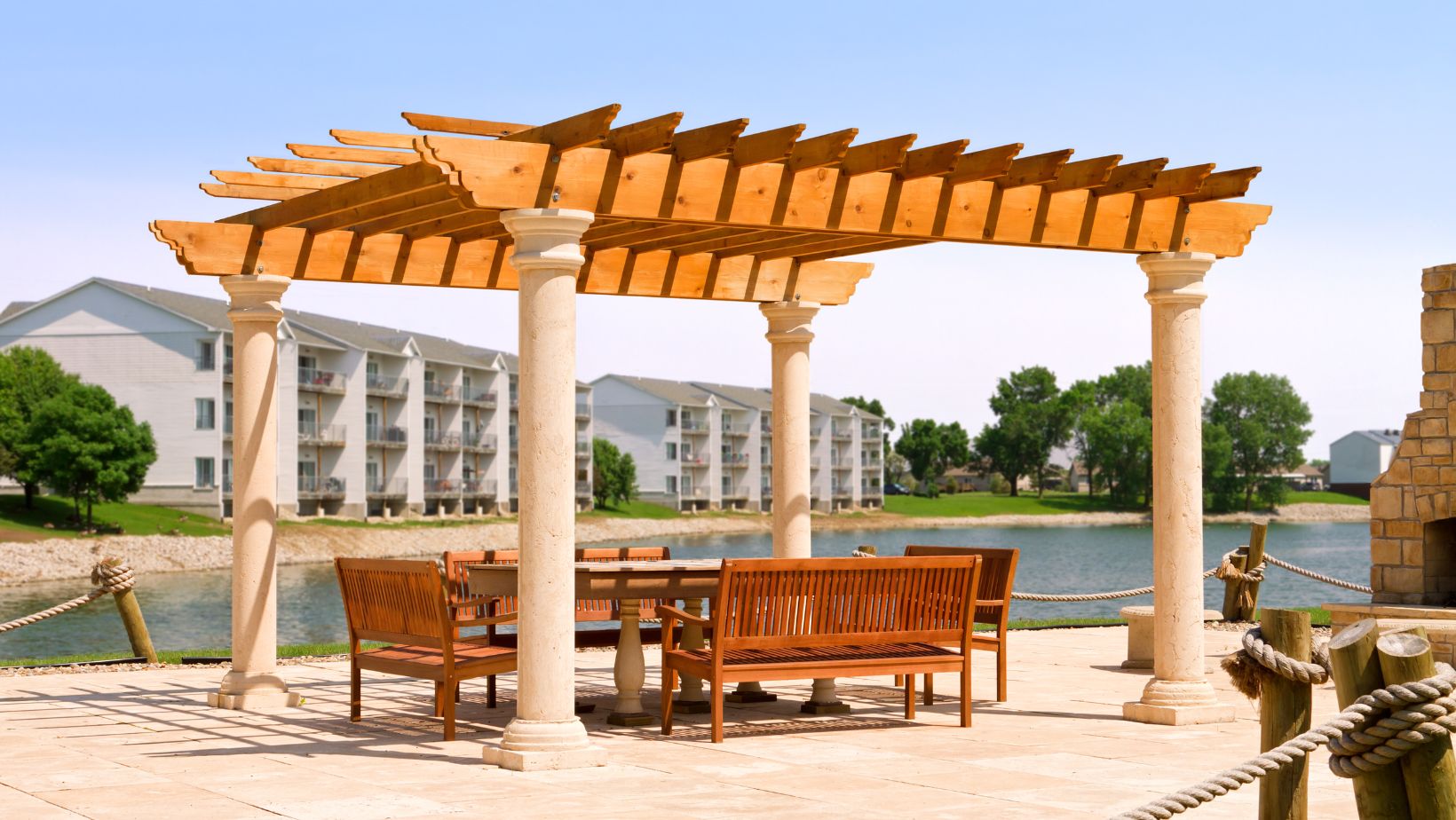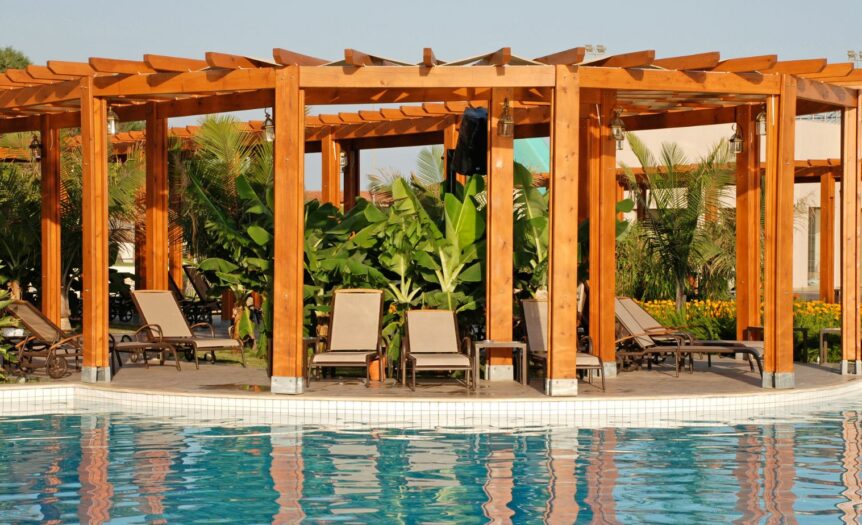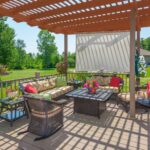Are you curious about the difference between a gazebo and a pergola? Well, you’ve come to the right place! In this article, I’ll provide a comparative analysis of these two popular outdoor structures. Whether you’re planning to add some charm to your backyard or looking for a functional space for outdoor gatherings.
Let’s start with gazebos. A gazebo is typically a freestanding structure that features a solid roof and open sides. It often has an octagonal or hexagonal shape, offering an inviting space for relaxation and entertainment. Gazebos are commonly used as focal points in gardens or parks.
Difference Between Gazebo and Pergola
When it comes to outdoor structures, gazebos are undoubtedly one of the most popular choices. These charming and functional additions to any backyard or garden can transform an ordinary space into a picturesque retreat. But what exactly is a gazebo? Let’s delve into the key features definition of a pergola and compare the structures of gazebos and pergolas to understand their unique characteristics.
Key Features of a Gazebo
Gazebos are freestanding structures typically found in gardens or open spaces. They are designed with an octagonal or hexagonal shape and feature a solid roof supported by pillars or columns. The main purpose of a gazebo is to provide shade and shelter while creating an inviting area for relaxation, social gatherings, or even outdoor dining.
Here are some key features that distinguish gazebos:
- Roof: Gazebos boast a solid roof that protects against rain, sun, and other elements. This overhead covering allows you to enjoy your outdoor space regardless of the weather conditions.
- Open Sides: Unlike enclosed structures such as houses or sheds, gazebos have open sides that offer panoramic views of the surrounding landscape. This openness creates a seamless connection between nature and your outdoor living area.
- Decorative Elements: Gazebos often incorporate decorative details like intricate latticework or ornate carvings on the pillars and roof supports. These embellishments add an elegant touch to the overall aesthetic.
Understanding the Definition of a Pergola
To better understand what sets gazebos apart from other outdoor structures such as pergolas, let’s briefly touch upon the definition of a pergola.
A pergola is also an outdoor structure but differs from gazebos in terms of design and functionality. It consists of vertical posts supporting crossbeams on top without any solid roofing material. Instead, the crossbeams are spaced apart, allowing sunlight to filter through and create a dappled effect.
Pergolas are often used to define outdoor spaces, provide partial shade, or serve as an architectural feature in gardens. They offer a more open and airy ambiance compared to gazebos while still providing some protection from direct sunlight.

What is a Pergola?
A pergola is a versatile outdoor structure that can enhance the beauty and functionality of any backyard or garden space. It typically consists of vertical posts supporting an open roof grid made of cross beams, providing partial shade and a sense of enclosure without completely blocking out the natural elements. Pergolas are commonly used as architectural features in residential and commercial landscapes, offering a unique blend of aesthetics and practicality.
Materials Used in Pergola Construction
Pergolas can be constructed using various materials, each with its own distinct advantages and visual appeal. Some popular choices include:
- Wood: Wood is often favored for its natural warmth and timeless charm. Cedar, redwood, and teak are common wood types used for pergolas due to their durability and resistance to rot.
- Vinyl: Vinyl pergolas offer low-maintenance options that do not require painting or staining. They are known for their longevity, ease of cleaning, and ability to withstand harsh weather conditions.
- Metal: Metal pergolas provide a modern or industrial aesthetic. Aluminum is lightweight yet sturdy, making it a popular choice for those seeking durability with minimal upkeep.
- Fiberglass: Fiberglass offers flexibility in design while being lightweight and resistant to pests. It can be molded into various shapes, allowing for creative customization options.
In conclusion, gazebos are charming structures with solid roofs and open sides that provide shade, shelter, and picturesque views in gardens or open spaces. On the other hand, pergolas feature vertical posts supporting crossbeams without any solid roofing material, creating a more open-air ambiance with partial shade.






